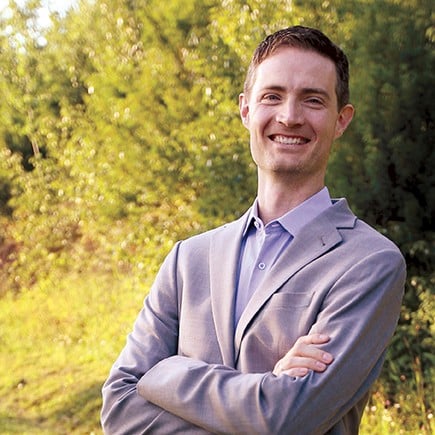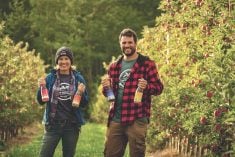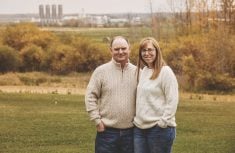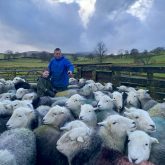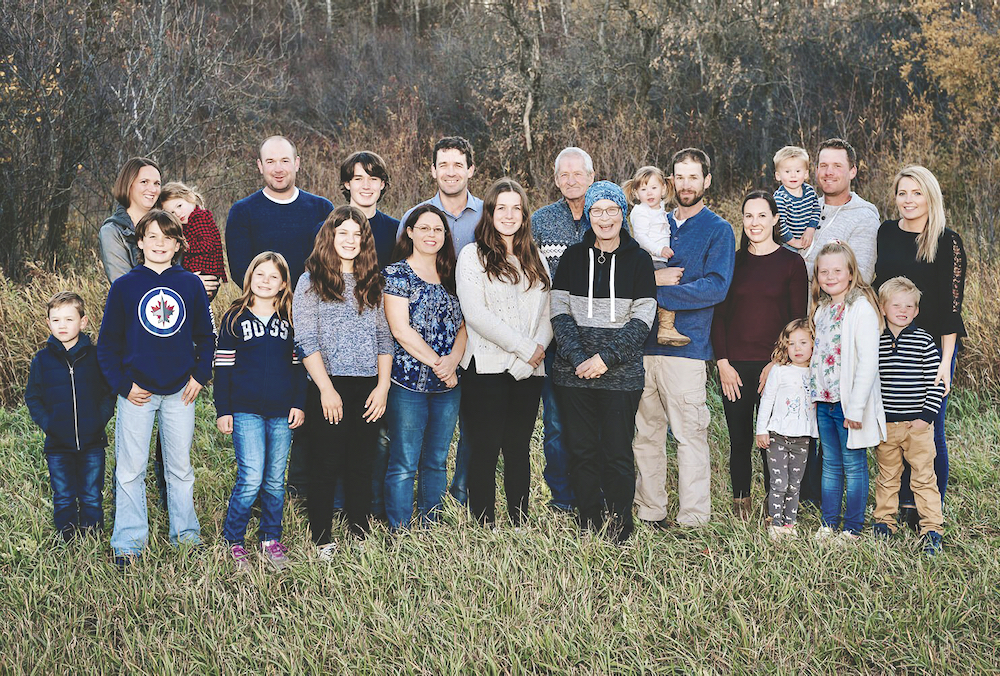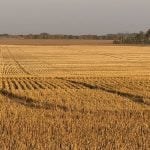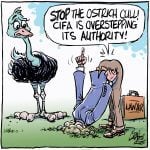As you pull up the main drive to the A7 Ranche, you get a feeling there must be real history and tradition at work here, and you’d be right. This ranch been running cattle for 135 consecutive years, back to when Calgary had only been a town for three years.
Tanis Cross represents the newest link in a chain reaching back four generations. Her great-grandparents were among Canada’s — certainly Alberta’s — original power couples, A.E. Cross and Helen Macleod.
A.E. was one of the prolific “Big Four” who created the Calgary Stampede and the city’s first brewery — The Calgary Brewing and Malting Company. He met his match in Helen, the daughter of James Macleod, one of the first commissioners of the RCMP.
Read Also
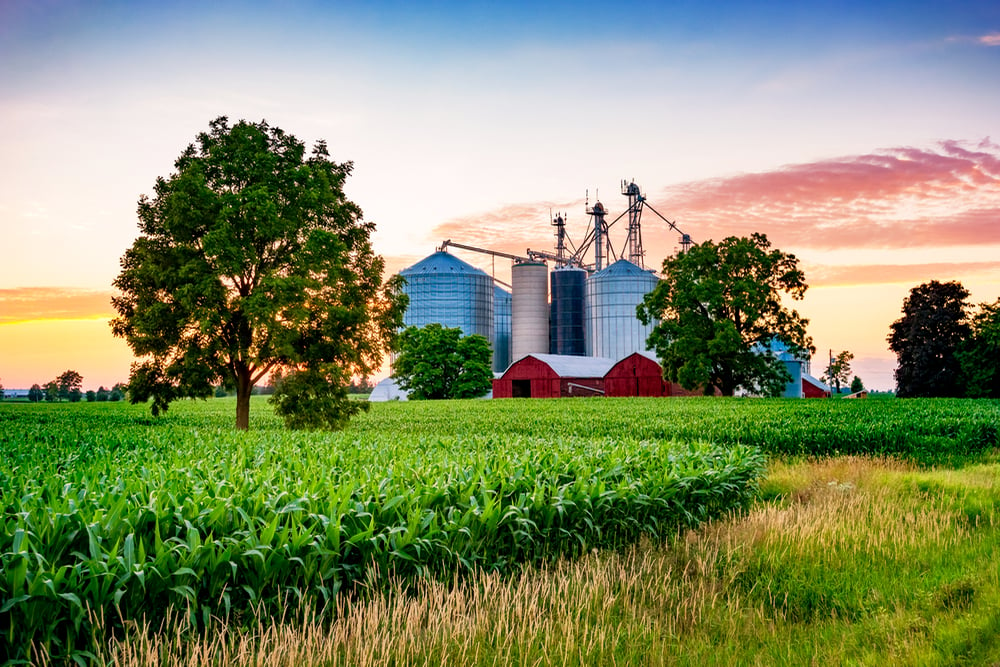
The wildly adaptable side of next gen agriculture
Some people just fall into the world of agriculture — and consider themselves lucky to have stumbled into such a…
The story goes that the two once faced off in a barrel race and the official timer could not determine who won. The rest is history.
“They were always thinking of the future and how to support their family down the line,” says Cross. One strategy was to secure stretches of pristine land in the foothills, made possible by the brewery’s success. “He knew he had to start up there in Calgary,” Cross says.
Today, Cross and her father, John, manage 13,000 acres of native grasslands and 4,000 yearlings, mostly Black Angus with a pinch of exotic mixed in.
Ranches might seem like endless countryside from the outside but they are managed down to the penny and the day. Sometimes, though, it still helps to have some luck in making the right choice at the right time, like they way the Crosses decided to sell off their 800 bred cows in March 2021. It proved clairvoyant. The summer turned into the driest and hottest in more than 20 years. The plan had been in the works for six years but was executed at the perfect moment.
“Nobody knew the drought was going to come, or that we would get out of it with half a feed shed of pellets for the upcoming year and enough forage stockpiled,” Cross says.
Today, the Crosses run yearlings from spring to fall, selling all by the end of October. Their new animals are put in backgrounding lots in the winter until they arrive at the ranch the following March. With a large contiguous land block, the Crosses do not have to trail animals in the summer and they’ve successfully moved calving dates back, according to Cross. “March versus May is a big change.”
The family has also been involved in different sustainability programs such as VBP+ and Certified Angus Beef. For the Crosses and many other ranchers, it helps to have as many avenues as possible to market animals.
John also sits as a director of SALTS, the Southern Alberta Land Trust Society, a non-profit group dedicated to conservation efforts, specifically around water and land management.
The family works closely with the conservation group to ensure riparian areas are well managed and protected throughout the year.
For Cross, at age 29, the joy is in learning how to adapt herself to the land. “I used to not get excited about this stuff, but now I do,” she says. “It’s cool to see that in ranching there’s no really right or wrong way, everybody does things a little differently; it’s what works for your operation and your location.”
The Crosses have fenced 140 pastures, both upland and riparian. To help keep the cows out of waterways, they have about 50 kilometres of three-inch waterlines to fill troughs all over their land. On the ranch’s southwest corner at Rickman Creek, they trialed a float system, where water is pulled from springs and deposited into a 25,000-gallon reservoir tank. That reservoir then provides clean drinking water for up to 1,300 cattle. And it has worked. The reduced traffic at the natural waterways has prompted a flush of native grasses, shrubs and trees.
“The banks are very strong because of the roots, with more habitats and more animals,” Cross says.
That philosophy also paid dividends in the hot, dry 2021. As the year became progressively drier, the management team sat down to review and adjust their grazing plan.
“When it got hot we were able to lengthen our graze periods again,” Cross explains, adding that their generator pump system had two dugouts and they were able to boost their spring water lines. “That’s how we came out, by having that supply there.”
It’s what the foothills are trying to teach you, she says. Without a water plan, “you don’t have anything … Human health and cattle health, they both start from good water.”
It also teaches sustainability. Whether financial, environmental or in the herd itself, sustainability is a lesson you have to learn to ranch here.
The fact that ranchers have learned those lessons is why it’s no fluke they’ve made it this far, she says, and it’s why she believes they will succeed in future if, as A7 intends, they stay true to their values.
For Cross, though, the job isn’t only to learn from the land, critical though that is. She must also learn from her father, and from other ranchers as well.
“It is so important to keep my mind open and seek advice,” she says. “I am so thankful to be where I am at such a young age.”

